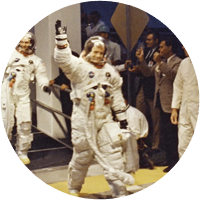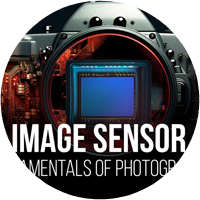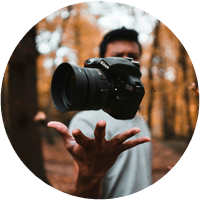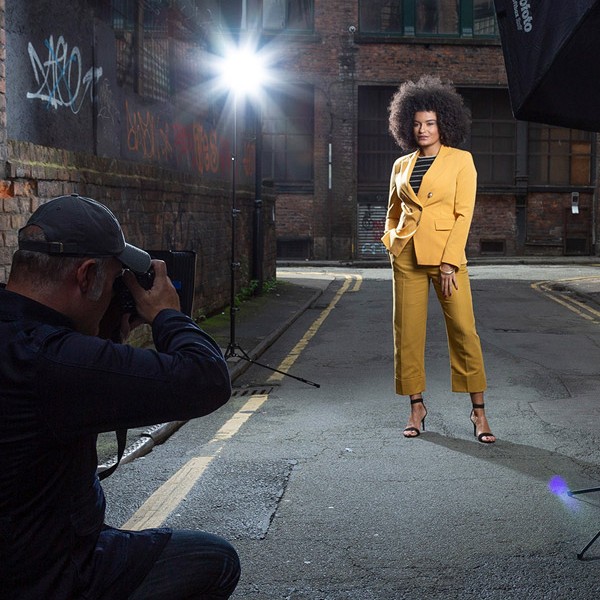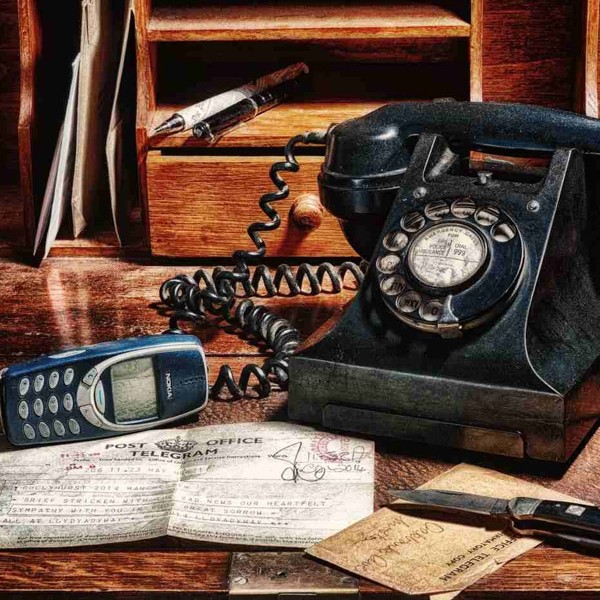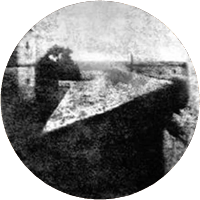
The Dawn of Photography (1820s-1830s)
1. Joseph Nicéphore Niépce: In 1826, Niépce captured the first permanent photograph, "View from the Window at Le Gras."
2. Louis Daguerre: Daguerre developed the daguerreotype process, which produced highly detailed, positive images.
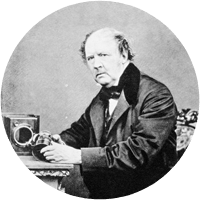
The Expansion of Photography (1840s-1860s)
1. William Henry Fox Talbot: Talbot invented the calotype process, which used paper coated with silver chloride to produce negative images.
2. Mathew Brady: Brady is famous for his Civil War photographs, which brought the harsh realities of war to the public.
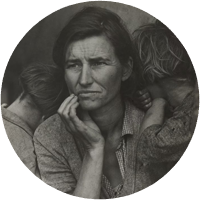
The Golden Age of Photography (1870s-1900s)
1. Dry Plate Process: The introduction of dry plate negatives made photography more accessible and convenient.
2. Pictorialism: This movement, led by photographers like Julia Margaret Cameron and Edward Steichen, emphasized photography as an art form.
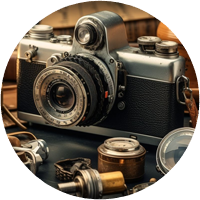
TModern Photography (1900s-1940s)
1. 35mm Film: The introduction of 35mm film and cameras like the Leica revolutionized photography, making it more portable and accessible.
2. Documentary Photography: Photographers like Dorothea Lange and Walker Evans used their cameras to document social and economic issues.
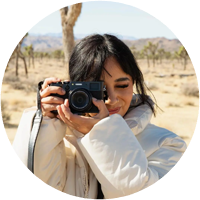
Contemporary Photography (1950s-Present)
1. Contemporary Photography (1950s-Present) 1. Color Photography: The development of color film and digital cameras expanded the possibilities for photographers.
2. Digital Photography: The advent of digital cameras and image editing software transformed the photography industry.
